 I recently did something unusual and took a week off work.
I recently did something unusual and took a week off work.
That meant no e-mail, no ‘phone calls, no projects, nothing. It was brilliant! I had a relaxing week without worrying about work – and subsequently came back to the business with renewed energy!
Only the first thing I came back to was an inbox with over 1000 e-mails wanting my attention. Ouch. That can take the wind out of your sails really quickly!
Before leaving I’d even set an out-of-office message basically telling people that I’d most likely be deleting their e-mail without reading it, so if it was anything of importance, they should e-mail me or ‘phone me upon my return.
Very few people did this, but I’m guessing a lot of people thought I wasn’t being serious when I said I’d delete their e-mail. I fully expect a few “Didn’t you read my e-mail?” conversations in the weeks to come…
E-Mail never ends
It’s not just holiday breaks though – if I take the day off sick, the following morning is written off to e-mail management. If I go to a Conference, I can try my best to snatch at e-mails during breaks during the day, but I’ll be left with a day’s catch-up at some point in the days when I return to the office. In fact, if I’m at a meeting for an afternoon – I can expect to come out of the meeting to twenty or so e-mails.
If that sounds whiney – then let me tell you that I’m thankful that I’m on so many people’s radars. I’m really grateful that so many people have the confidence to put great opportunities in front of me. I’m honoured that people both that I consider friends and people I’ve never met alike e-mail me to ask me for advice. I’m somebody who both personally and professionally thrives on relationships – so those e-mails are genuinely important to me.
But it doesn’t hide the fact that there are only 8 working hours in any day and I value both my mental sanity and the relationships with those closest to me enough to know when to turn off. I also know that there are people out there who get a *lot* more e-mails than me – I’m a tiny spec on the blogosphere, relatively unknown on Twitter, in the great scheme of things – a niche nobody. Thankfully!
High email volumes
However, I’m now in the position where I receive an average of 100 e-mails per day. That’s with a really good spam filtering system too. In other words, that’s around 100 e-mails per day that are at least semi-legitimate and from people or organisations that I have a relationship with at some level.
And I know I’m not alone in dealing with these volumes of e-mail.
I’ve tried desperately to retain the personal touch, and reply to each one properly, but it becomes impossible. Think about it – even if I only spend 30 seconds dealing with each e-mail, that’s 90 minutes per day *just* responding to e-mails. And we’ve all done it – by the time you’ve finished responding to the e-mails from top to bottom, the same amount of e-mails again have arrived to fill your inbox. It’s never-ending!
How to cope?
So how to cope? Here are some of my tactics – and then I’ll be asking you to share yours:-
- I separate personal and work e-mail. I have a Microsoft Exchange e-mail account for work that synchronises with my Windows Mobile phone, and a Google mail account for home. I read my Google mail maybe once a day and don’t have it delivered to my ‘phone. If somebody e-mails a personal request at work, I forward it to home and reply from there. Thankfully, they soon understand what I’m driving at.
- I’ve turned off all Outlook e-mail notifications. No chime sound, no envelope pop-up. Nada. This distracts me from the temptation of reviewing e-mails during other important work. That’s the same for my mobile phone – although I still can’t stop it leaving a little envelope to wink at me and tempt me to go look. It doesn’t prevent the fact that Outlook is my main hub for all things organisational though. If I need to set a Calendar Appointment or a task, my inbox winks at me with new messages just itching to be opened and read!
- I’ve got an e-mail signature on my Windows Mobile device that says “Excuse the brevity. Sent from my Windows Mobile”. People seem to accept that you’ll send brief responses when away from the full-sized keyboard. I try to respond to e-mails in this way when I’m on a train, sat in the Barbers waiting to get my hair cut, or in the pub waiting for a friend to arrive.
- I review my Outlook e-mail from my Desktop three or four times a day in between other work. I try to resist reviewing e-mail first thing in the morning for fear of getting side-tracked from that “one important thing” I set out to do each day. E-Mail can wait until at least that important thing is done.
- I unsubscribe from any newsletters that don’t consistently provide me with great content. Sadly, these newsletters have now got to score a 100% success rate for maintaining my interest, week in, week out, or I’ll unsubscribe from them. I’m now taking the risk that I miss out on that piece of information I was interested in – guessing that if it’s really important to me, one of my peers will publish it on Twitter and I’ll catch it there anyway.
- I unsubscribe from unsolicited but semi-legitimate mailings, such as Vendor or Partner newsletters, but block them using my Spam filtering service just to be sure. Why do I use those unsubscribe links? Well, my daily digest of spam filtered e-mails needs to be short enough for me to glance through for false positives – and so the less semi-legitimate e-mails that end up in that digest, the quicker I can scan it.
- If a LinkedIn connection request comes in without a note of introduction – I ignore and delete the request. I have written before on here’s the real reason I’ve deleted your LinkedIn request. I used to write a “Where do we know one another from?” e-mail in response, but so few people actually replied – leading me to the conclusion that they’re just adding me to boost their friend’s list and ego and not make a real connection – that I sadly no longer bother at all.
- I spend no more than 10 seconds scanning LinkedIn Group Weekly Digest reports, and just like those newsletters, I often delete them anyway and take the chance that I’m missing out on something of interest. LinkedIn Groups are starting to remind me of those Yahoo groups that we used to use – a great idea in principle, but the signal-to-noise ratio soon means they aren’t worth the effort.
- I use Outlook rules liberally. I used to manually scan read some e-mails that were meant for my information only, and then drag them to the correct Outlook folder for future reference – but now I move the messages to the folder without reading via a rule – taking the view that if I’m due to meet with somebody about a specific topic, I’ll review the e-mails before that meeting to bring myself up to speed, otherwise if it’s important they’ll ‘phone me anyway.
- This one is important to me – If I read a message and can action it immediately – I do so before filing or deleting.
- Equally important – If I read a message and it will take longer than 2 minutes to action – I flag it and will re-visit it later.
- I never read an e-mail without taking some sort of action on it. If I could get my engineers to do one thing it’d be to stop reading e-mails for the sake of curiosity and then leaving them in their inbox. Just because an e-mail is read, doesn’t mean it goes away. That’s how massive inboxes build up – and is a hard habit to break. After all, revisiting a read e-mail is never as much fun as opening it the first time to see what it contains, is it? 🙂
- If I’ve got more than one e-mail from a particular person – I pick up the ‘phone and call them. It’s quicker.
- I try hard to respond to requests from people asking me for advice or assistance – but it’s the 2 minute rule again. If I can answer the query, or connect them with someone who I know can help them – I will, but sometimes my reply will be “How about I’ll call you at 1700 when I’m in the car, we can discuss it whilst I’m driving home”.
Other techniques
I’ve seen some people begin to use http://two.sentenc.es/ and similar – where you make a statement that every e-mail you reply to will be responded to briefly – but I’m not sure this is the way forwards as it feels a bit insincere for me.
I like that some people are now using SMS and Facebook mail to reach out to me for small queries that aren’t urgent. Those mediums aren’t flooded for me yet, so I’ll respond to them fairly promptly.
I’m really intrigued to know how other people tackle e-mail without becoming a slave to the inbox. Thoughts to share? Please leave a comment or…. nah – don’t e-mail me. 🙂



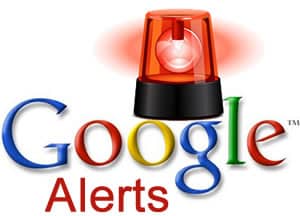

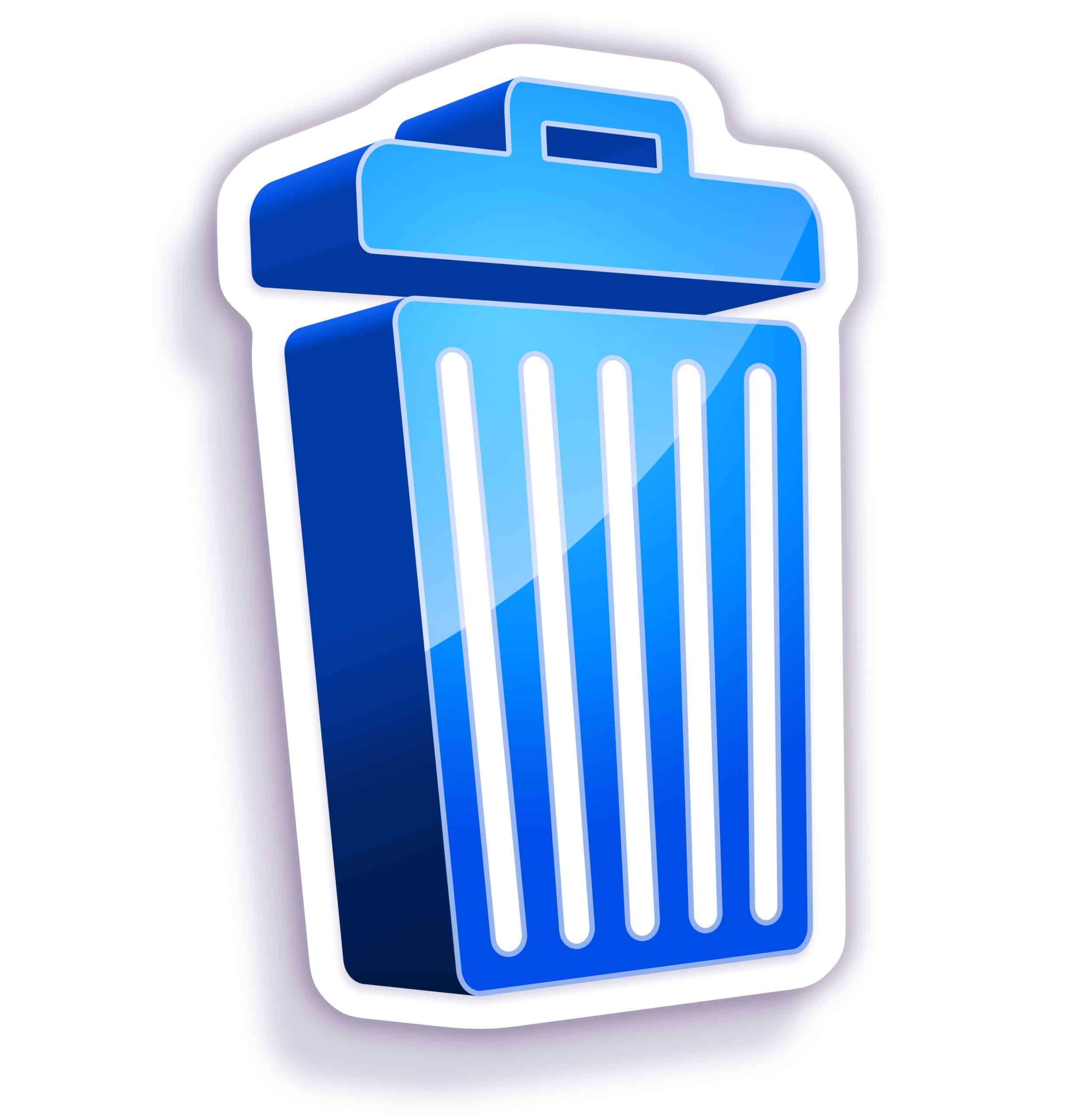
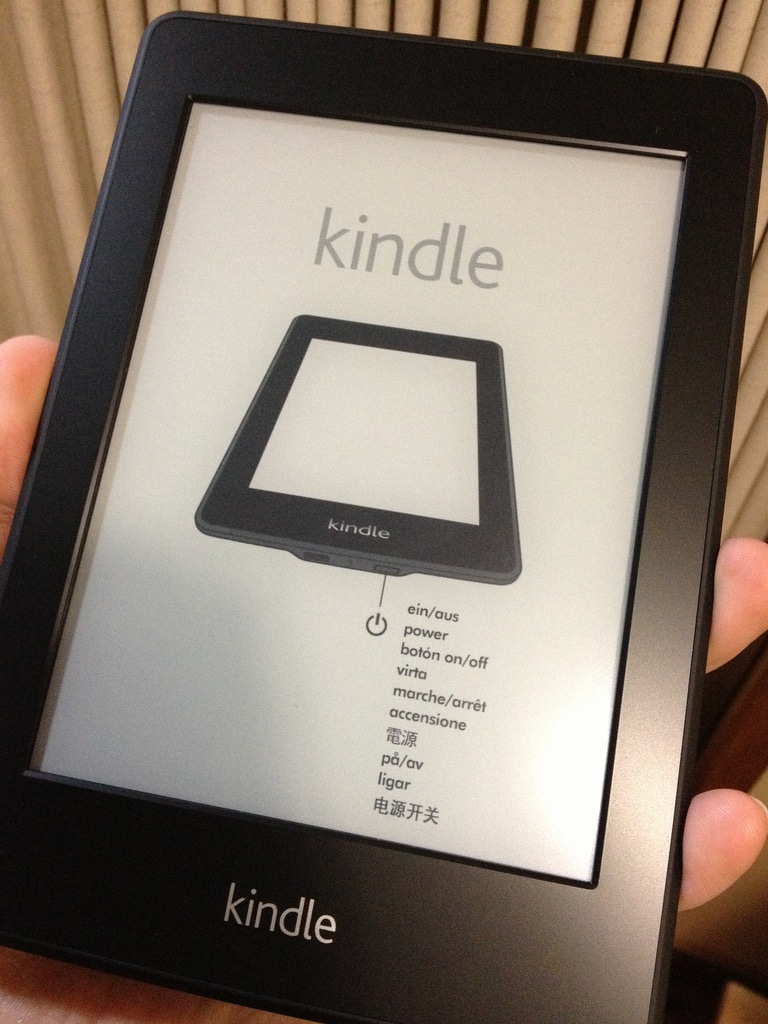
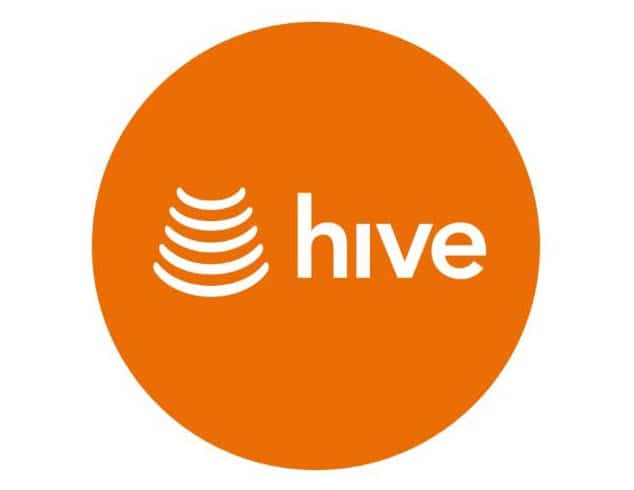



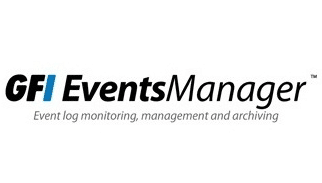

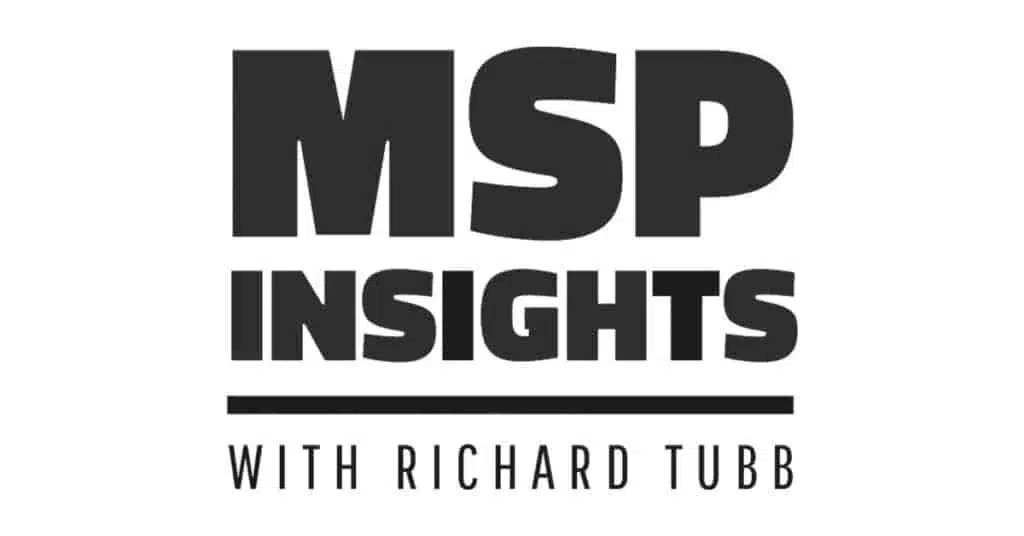
Comments
5 thoughts on How to manage e-mail overload?
2010 – MY YEAR IN REVIEW « TUBBBLOG
3RD JANUARY 2011 10:51:21
[...] was also the first year I didn’t suffer from e-mail overload, thanks to some new techniques I stuck to. Believe me, “Inbox Zero” Zen is not impossible to [...]
USEFUL TIPS ON DE-CLUTTERING MICROSOFT OUTLOOK « TUBBBLOG
6TH JANUARY 2011 09:35:40
[...] a struggle because I ignored my own advice, but overall – yes. How? I wrote a blog post entitled “How to manage e-mail overload” back in August that you may want to review for the full brain-dump – but in short the main [...]
RUSSELLENGLAND
14TH JUNE 2011 21:02:46
I like the tip about resisting the temptation of reading email in the morning :) I'm easily distracted... I use Google Apps for my email which cuts out a lot of spam. Plus Gmail filters and labels to highlight important email and delete those I don't want. http://mail.google.com/support/bin/answer.py?hl=en&answer=6579 SPF records on all domains to stop spoofing. http://www.russellengland.com/2011/06/email-spoofing-make-sure-you-are.html I also have a catchall email on my domain so I can accept [email protected]. This enables me to use a simple technique when signing up to a website - I always use [email protected] - for example [email protected]. This way I can monitor where the emails are coming from. If they become a nuisance I can use a filter to delete emails that are sent to:[email protected]. This is particularly appropriate if the email address has been sold on without your permission. Being a bit of a phonophobe ;) I use internet chat for support and when working on projects. For me, its instant, less intrusive than a phone call and I can support 2 or more people at a time if necessary. There's also a chat history which can be useful. Whenever possible, I try to use the cloud rather than emails going back and forth. For example, dropbox for sharing files rather than emailing them, Google Docs or Zoho for collaborative work on spreadsheets/documents/presentations. This way we are assured we are working on the latest document and the inbox isn't clogged up with files. I also try to use a Google Docs spreadsheet for Q&A with a customer - its easy for the customer to use and keeps everything in one place. On a different note... I had a little debate with a colleague who suggested that email may be replaced by social networking... With Facebook, Twitter, tools like YooNo, Internet Messaging/Chat, etc. I've certainly noticed a reduction in the amount of email I'm receiving from friends - its negligible now.
TUBBLOG
15TH JUNE 2011 10:28:30
Thanks for sharing Russell - some great tips there! As for Facebook replacing e-mail - I can see more people using Facebook as their "personal" e-mail, but I can't see it replacing e-mail altogether. As has always been the case, people will use whatever channel they feel most comfortable with to get in touch with others - be it FB Mail, Telephone, E-Mail, Skype or even the written letter! :-)
HOW OFTEN DO YOU TAKE A BREAK? « TUBBBLOG
6TH SEPTEMBER 2011 08:52:35
[...] somebody who follows the “Inbox Zero” philosophy, it’s also made me question some of my beliefs about how e-mail should fit into my [...]